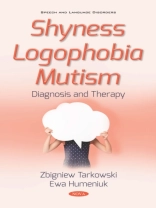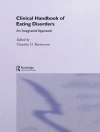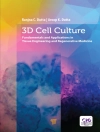Terms such as shyness, logophobia and mutism overlap, and boundaries between them are unfixed and blurred. Until now they have, for the most part, been described separately; in our book, we point out the relationship among them. There are many individuals who are shy, and some of them experience communication anxiety, which is present with individuals diagnosed with mutism. It is easier to understand mutism when shyness and logophobia have been explained first. Such an approach has influenced the structure of our monograph. We begin this treatise with the definition of shyness and an attempt to distinguish it from similar phenomena, which is not an easy task. The task resembles forcing one’s way through a densely tangled underbrush of terminology. We focus on the development of shyness, especially in children, and on the social and communicative functioning of shy individuals. We also wonder if, and to what extent, shyness can constitute a criterion for diagnosis of mental disorders. In our monograph, we recall the old definition of logophobia because of its relevance and high usability. We describe it in the context of similar emotions, such as social anxiety, communication anxiety and stage fright and make an attempt to systematize these definitions. We also present our own concept of logophobia being an important element of voice and speech disorders (aphasia, psychogenic aphonia, stuttering). The fundamental part of our monograph concerns mutism. We start from an analysis of the nature and role of its basic symptom, which is muteness. We draw on the opinions of representatives of different fields, who have still not decided which is gold and which is silver: silence or speech. Both phenomena occur in different combinations in selective mutism, about which is decidedly more written than about total mutism. It is to be kept in mind that the latter type of disorder does also occur. We are nonetheless focusing on selective mutism, which comes in distinctive types (situational, anxiety-based, traumatic, oppositional). We provide an overview of various treatment strategies (behavioral approach, behavioral-cognitive approach, family approach, pharmacological approach, mixed approach) and we present our own therapeutic method. It is adjusted to the type of selective mutism and implemented in different conditions (office, therapeutic facility, a child’s family home, kindergarten, school). We also present a model for evaluating therapy effectiveness of mutism and summarize the results of research conducted in this field up to the present time. The monograph closes with a presentation of case studies of selective mutism prepared by Polish therapists.
Zbigniew Tarkowski
Shyness Logophobia Mutism: Diagnosis and Therapy [PDF ebook]
Shyness Logophobia Mutism: Diagnosis and Therapy [PDF ebook]
Dieses Ebook kaufen – und ein weitere GRATIS erhalten!
Sprache Englisch ● Format PDF ● Seiten 237 ● ISBN 9781536173864 ● Verlag Nova Science Publishers, Inc. ● Erscheinungsjahr 2020 ● herunterladbar 3 mal ● Währung EUR ● ID 8123364 ● Kopierschutz Adobe DRM
erfordert DRM-fähige Lesetechnologie












